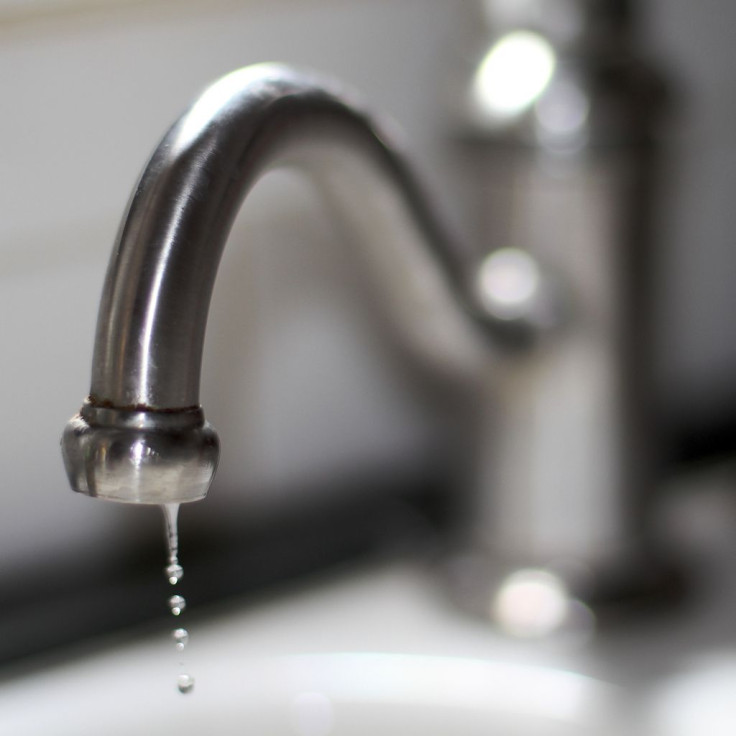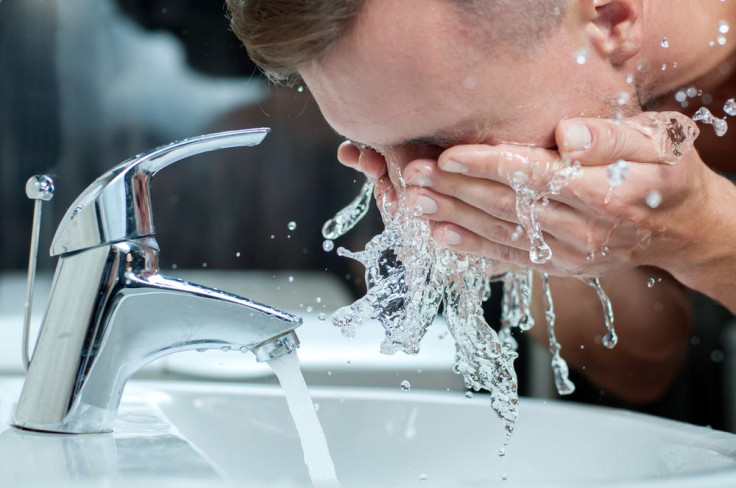Is Your Tap Water Really Safe For Drinking?

You drink up to seven glasses of tap water a day and you can’t remember the last time you were sent to hospital with a serious case of diarrhea. So, your tap water must be safe to drink. Right?
Well, the answer is “Maybe.” That’s because truly clean, safe drinking water is very rare. And what we’ve got pouring out of our faucets is just clean enough to keep us out of the hospital most of the time.
All our commercial sources of potable and drinkable water -- tap, bottled, delivered, deep-well, spring and filtered -- expose us to dangers such as pathogens, chemicals and heavy metals. Doctors and water safety experts point out water quality has little to do with actual safety.
It’s got everything to do with culture and marketing, however. Price, convenience and taste are also more influential than health or environmental factors.
Just what dangers to our health lurk in ordinary tap water? First of all, there are the pathogens such as bacteria, viruses and other microorganisms that can cause diseases.
Complex water treatment efforts can’t completely eliminate pathogens from natural water. This means most drinking water arrives at your faucet with some level of pathogenic activity, albeit in minute amounts. And these pathogens grow like mad in drinking water exposed to hot and humid environments.
Strains of the dreaded bacteria Escherichia coli (E. coli) such as O157:H can cause severe abdominal cramps, bloody diarrhea and vomiting. E. coli is the most frequent drinking water pathogen.
It’s becoming more common due to filthy conditions on animal farms with ineffective waste management practices. The excrement infested water from these farms pollute water sources around them and leach into the water table beneath the surface.
Pathogens in drinking water cause a wide range of painful and deadly diseases such as gastroenteritis (vibrios, e. coli), cholera (vibrio cholerae), typhoid fever (salmonella), protozoan infection (giardiasis, cryptosporidiosis) and bacillary (shigella) or amoebic dysentery, said a study published in Natural Healthy Living.
The study also revealed even treated water in developed countries such as the United States can still make people acutely ill more frequently than assumed.
Another danger to look out for, are chemical pollutants in our local water system. Chemical contamination in household water generally falls into two categories: agricultural chemicals and water sanitation chemicals.
Agri-chemicals such as glyphosate-based herbicides (GBHs), which is linked to cancer, enter ground water, underground aquifers and municipal water supplies. Farmers growing genetically modified crops rely heavily on GBHs to kill weeds. Other agricultural chemicals that get into our water include fertilizer run-off containing nitrates and nitrites, as well as banned chemicals still in use such as DDT.

Water sanitation chemicals are used to kill water borne pathogens. Chlorine bleach is the most common water sanitation chemical frequently used to kill germs in drinking water. There are recommended limits to the amount of bleach remaining in water when it reaches the consumer, but even these small amounts pose a health risk.
The most common example of mass medication in drinking water is fluoride. This chemical is added to ostensibly reduce dental problems and strengthen bones. Fluoride, however, is an ingredient in rat poison. Other contaminants in drinking water include benzene, tetrachloroethylene, vinyl chloride and trans-1,2-dichloroethylene, which are associated with childhood blood cancers.



























